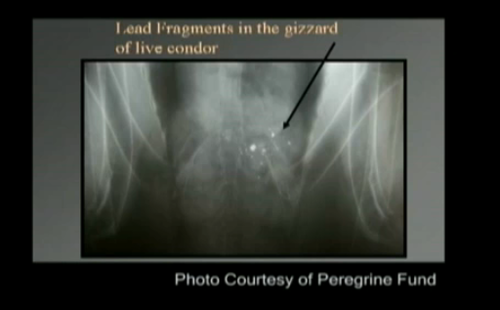I completely agree with research of lead shot affecting ducks geese and other small birds. We know how there digestive systems work and we have xrays of lead shot in there crops.
Raptors and other scavenger birds have a digestive system that operates in a different manner. They don't need to eat rocks to be able to digest food there gizzards rip flesh from bones,
fur, etc and they regurgitated it. From what I can tell there are no xrays of any bird of prey with retained lead in its digestive system. Something to think about.
Raptors and other scavenger birds have a digestive system that operates in a different manner. They don't need to eat rocks to be able to digest food there gizzards rip flesh from bones,
fur, etc and they regurgitated it. From what I can tell there are no xrays of any bird of prey with retained lead in its digestive system. Something to think about.





